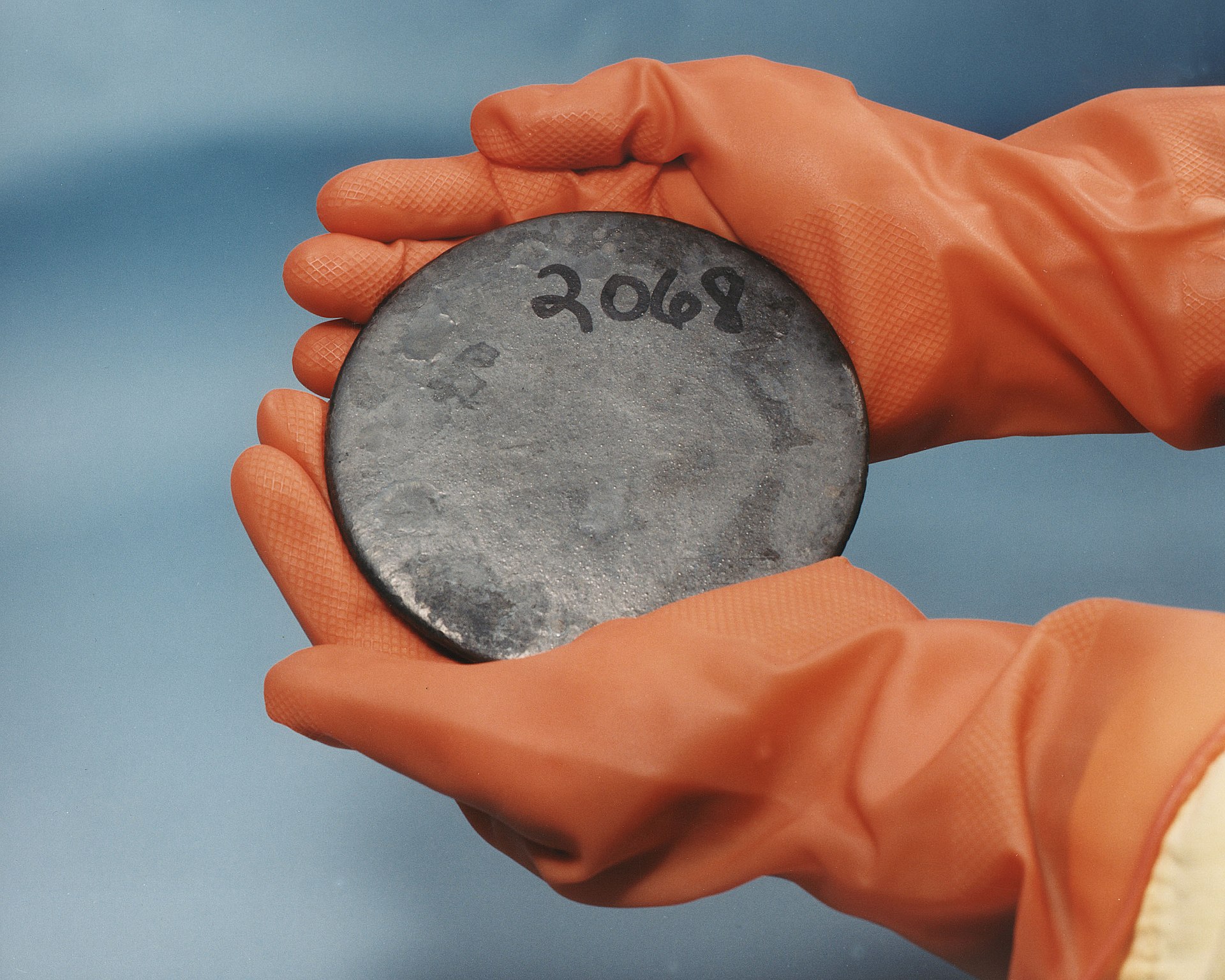Investing in the energy sector has always been an attractive option for those looking to diversify their portfolio and capitalize on global trends. While renewable energy sources like solar and wind have gained significant attention in recent years, another sector that should not be overlooked is nuclear power and uranium.
Exploring the Potential of Investing in Nuclear Power and Uranium
Investing in nuclear power and uranium presents an opportunity for investors to tap into a growing industry. With increasing concerns about climate change, countries worldwide are turning to nuclear energy as a clean alternative to reduce carbon emissions.
The rising global demand for electricity and advancements in reactor technology make nuclear power a reliable and efficient source of energy. Additionally, investing in uranium can be strategic due to its limited availability, potentially leading to significant returns.
However, it’s important to consider regulatory frameworks and geopolitical factors that may impact these investments. By understanding the evolving landscape of nuclear power generation, investors can position themselves strategically for long-term growth opportunities.
The role of nuclear energy in the global energy landscape
Nuclear energy, accounting for around 10% of electricity production worldwide, offers advantages over traditional fossil fuels. With abundant and widely available uranium, nuclear power plants generate electricity without emitting greenhouse gases or other pollutants.
This makes them attractive for reducing carbon footprints while ensuring a reliable energy source.
Investors can explore Uranium Exchange-Traded Funds (ETFs) as a convenient way to participate in the uranium industry without direct investments. These ETFs hold diversified portfolios of stocks related to uranium mining, exploration, and enrichment.
As governments transition towards cleaner energy sources, nuclear power’s increasing importance presents potential growth opportunities for investors aligning with renewable technologies.
While investing in Uranium ETFs provides exposure to this evolving sector, thorough research and due diligence are crucial before making any financial decisions. Understanding market trends and assessing fund performance metrics are essential components of informed investing.
In summary, nuclear energy plays a significant role in the global energy landscape by offering sustainable power generation and reduced environmental impact. Exploring Uranium ETFs provides investors with accessible avenues to capitalize on the growing demand for cleaner sources of electricity.
However, careful consideration and understanding of risks are essential when investing in these funds.
Understanding the Basics of Uranium and Nuclear Energy ETFs
Uranium exchange-traded funds (ETFs) offer investors a way to diversify their exposure to the nuclear energy sector. These funds track an index or a collection of uranium-related stocks, providing a broader investment opportunity compared to relying on a single company’s success.
By investing in these ETFs, individuals can gain access to various aspects of the uranium industry, including mining, exploration, and nuclear power generation. This diversification helps mitigate risks associated with investing in individual stocks.
However, it’s important for investors to be aware of potential market fluctuations and regulatory changes that may affect the performance of these ETFs.
In summary, uranium and nuclear energy ETFs provide investors with exposure to the entire nuclear energy sector while reducing risk through diversification. It is crucial for investors to stay informed about market trends and potential risks before considering investment in this specialized sector.
The Benefits and Risks of Investing in Uranium ETFs
Investing in uranium exchange-traded funds (ETFs) offers the potential for significant capital appreciation. As the demand for clean energy and nuclear power grows, so does the demand for uranium. This can drive up the value of companies in this sector, resulting in favorable returns.
However, investing in uranium ETFs comes with risks. Commodity price volatility, especially with uranium, can impact their performance. Regulatory changes and public sentiment toward nuclear power can also influence investor sentiment and affect investment value.
When considering uranium ETFs, evaluating past performance and understanding factors contributing to success is crucial. Factors like expense ratios, liquidity levels, underlying assets, and management expertise should be considered for long-term growth.
By analyzing both benefits and risks associated with uranium ETFs, investors can make informed decisions aligned with their financial goals and risk tolerance levels. Diversifying portfolios across sectors and asset classes helps mitigate risks while maximizing potential returns.
Analyzing the Performance of Uranium ETFs
Uranium-focused exchange-traded funds (ETFs) have delivered impressive returns in recent years. These ETFs track indexes composed of companies engaged in the nuclear industry. Analyzing historical performance data helps investors identify trends and patterns to inform their investment decisions.
Factors such as expense ratios, asset size, trading volumes, and portfolio composition should be considered when evaluating different uranium ETF options. By assessing these factors, investors can make informed decisions in this specialized market.
Factors Contributing to the Success of Uranium ETFs
The success of uranium exchange-traded funds (ETFs) can be attributed to several key factors. The growing global demand for nuclear energy, advancements in reactor technology, and increased government support for clean energy initiatives have all played a significant role in driving the success of this sector.
The increasing demand for clean energy and governments’ commitment to reducing carbon emissions create favorable market conditions for uranium ETFs. Additionally, supply-demand dynamics, including disruptions to uranium production and changes in global geopolitical conditions, can impact prices and contribute to the performance of these ETFs.
Investors considering uranium ETFs should carefully evaluate the risks associated with commodity price volatility, regulatory changes, and public sentiment towards nuclear power. Thorough research and consultation with a financial advisor can help align investment objectives with the potential opportunities and risks within this sector.
[lyte id=’SSqiGKtLiYQ’]





